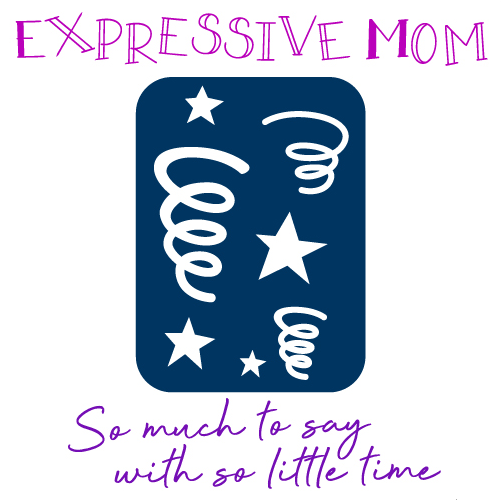Selecting The Right Training Method For Your New Dog
A new dog is a big responsibility. Whether it’s a puppy or a rescue, a lot goes into welcoming the canine into the family. One aspect calling for careful consideration — and maybe even extensive research — is training.
Just like humans, each dog learns differently. The keys to success are often patience, consistency, and persistence. It’s essential to choose a training method and stick to it. Here is a brief look into two training approaches to help your furry best friend behave.
Getting right to training is best with a new dog — no matter the age. Not only to instill good manners but to help ensure the owner has control before socializing or exploring new situations. There are many approaches from which to choose and even more opinions on which is best. Several techniques have proven to be effective and many overlap or are used in tandem. Ultimately, the choice is up to you and what you believe to be ethical and best for the dog.
Another method is mirror or model/rival training. Dogs are highly observational and learn by example. This approach uses an owner or well-behaved pooch as a model for good and bad behaviors. It relies on the dog in training to watch and copy the desired action followed by a reward.
A downside to this style is that some breeds may not be as prone to success as others. For instance, border collies are intelligent and can form bonds quickly, which leads them to excel in this technique. Another hurdle is it calls for a distraction-free environment so the dog can focus.
When instructing a new canine companion, it’s crucial to remain patient and avoid harsh physical punishments or mean-spirited corrections. If teaching the pup becomes too difficult, enrolling in obedience classes or turning to local trainers can help. For further examples of training methods, please see the accompanying resource.
Graphic created by Unleash Fido



Connect With Me !